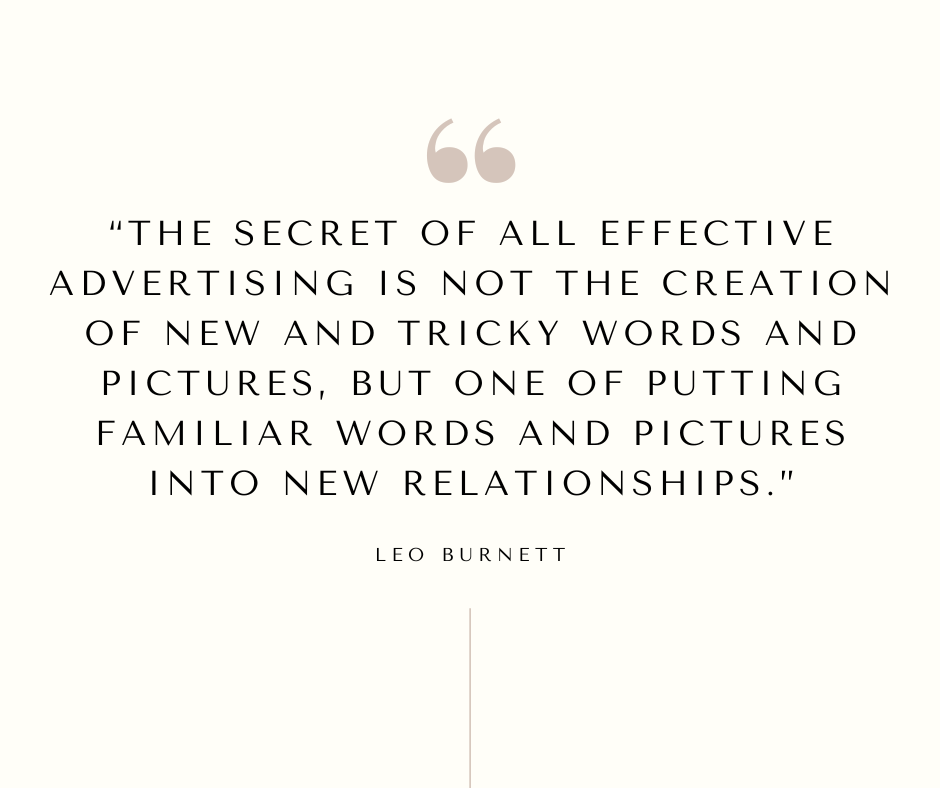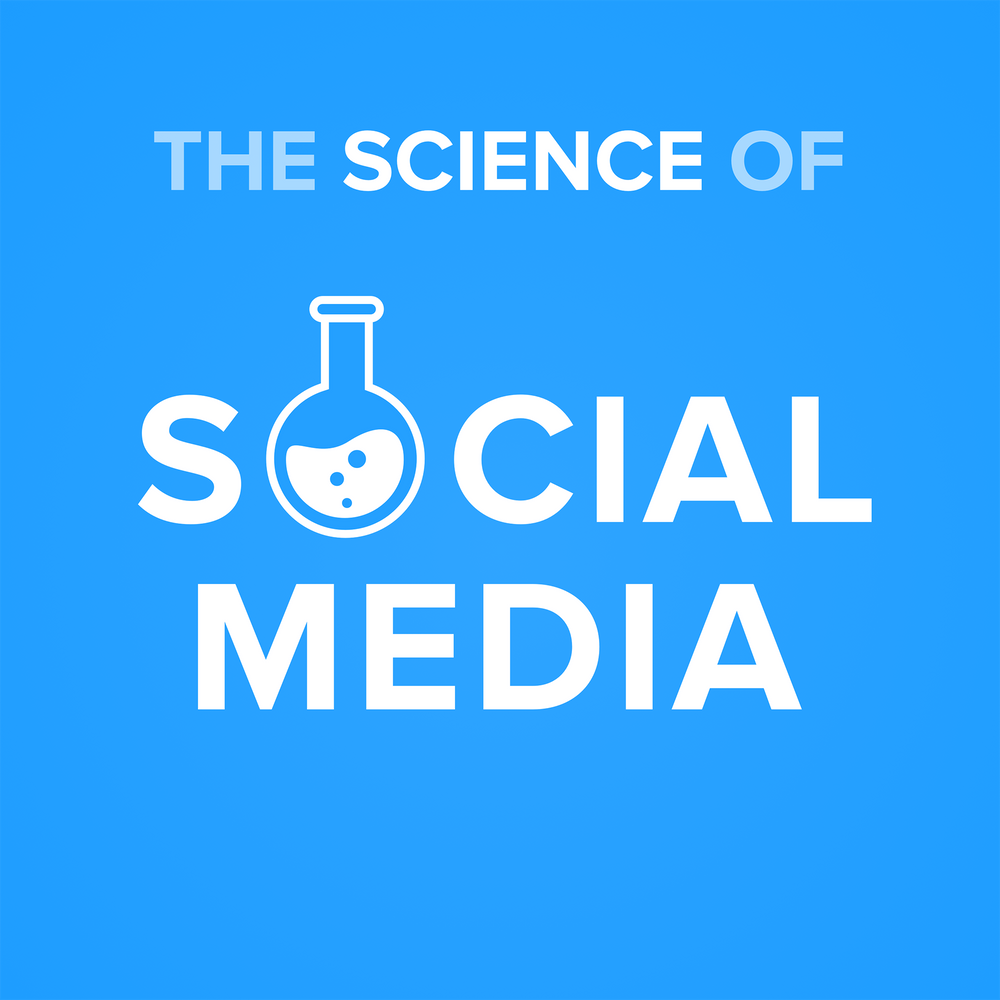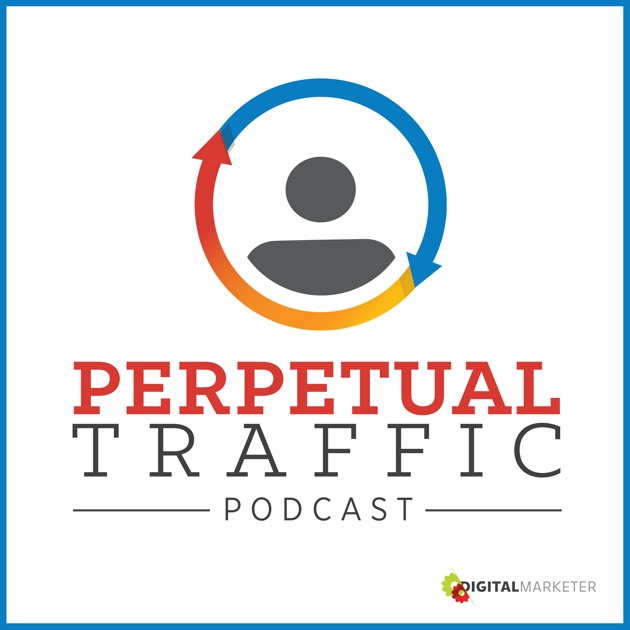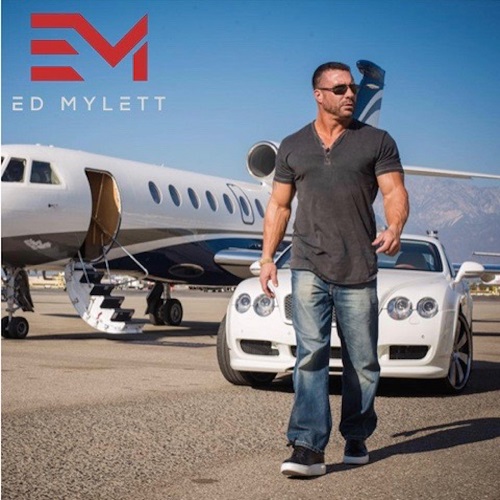When I decided that I wanted to become a great copywriter, I knew it would be a good idea to research online courses, read classic copywriting books, and find the best copywriting exercises out there. Although I’ve done plenty of writing in my career, I realized that to become a great writer and attract potential customers, I’d have to research different ways to approach the writing process.
What are the best ways to hone this craft? Look no further than copywriting practice and creative exercises. Many business owners like myself struggle with crafting good copy, often getting stuck staring at a blank page, paralyzed by writer’s block. Although AI copywriting tools can be beneficial, consistent practice and creative exploration were crucial for me to become a better copywriter.
Why Practice Copywriting?
Think of copywriting skills as the muscles of your writing game. The more you practice writing copy, the stronger and more refined it becomes. This translates into the ability to craft compelling pieces across the spectrum, from ad copy that grabs attention to sales pages that convert clicks into sales. It enables you to understand your target audience’s needs and pain points, speak their language, and resonate with their desires.
Embracing the Playground of Creativity:
Before diving into specific copywriting exercises, let’s address the fundamental mindset for cultivating creativity.
- Curiosity is King: Approach every project with a childlike curiosity. Question assumptions, delve deeper into the subject matter, and constantly seek new connections.
- Embrace Experimentation: Don’t be afraid to break the mold and try new things. Experiment with different writing styles, incorporate unconventional elements and see where the journey takes you.
- Challenge Yourself: Step outside your comfort zone. Set ambitious goals, participate in creative challenges, and push yourself to achieve new heights of expression.
- Embrace the Power of Observation: Pay attention to everything around you. People watch in cafes, observe interactions on social media, and analyze the language used in everyday conversations.
- Build a Creative Network: Surround yourself with other creative individuals, collaborate on projects, and exchange ideas to foster a stimulating environment.
The Best Copywriting Exercises:
These activities are not just about sharpening your skills but also a great way to have fun and spark your creative juices. Whether you’re a seasoned pro or a new copywriter just starting, there’s something for everyone.
-
Morning Pages: Start your day with a brain dump. Set aside 10-15 minutes each morning to write stream-of-consciousness pages. Don’t worry about grammar or coherence. Let your thoughts flow freely onto the paper. This exercise helps clear mental clutter and sparks new ideas.
-
Word Association Games: Challenge yourself with word association games. Choose a random word and jot down as many associations as possible. This expands your vocabulary and helps make unexpected connections – an essential aspect of creative thinking.
-
Visual Prompts: Stimulate your creativity with visual prompts. Browse through magazines, art, or even stock photo websites. Select an image that resonates with you and build a story around it. Visual prompts provide a different starting point and ignite imaginative thinking.
-
Random Input Technique: Embrace randomness. Pick a book, open it to a random page, and select a sentence. Incorporate that sentence into your copy, ensuring it fits seamlessly. This technique forces you out of your comfort zone and encourages adaptability.
-
Role Reversal: Step into your audience’s shoes. Imagine yourself as the reader and assess your copy from their perspective. What would resonate with you? What might be confusing? This exercise enhances empathy and refines your ability to tailor content to your audience.
-
Five Whys: Adopt the “Five Whys” technique. When faced with a problem or a creative block, ask “why” five times. This drill helps identify the root cause of issues and generates deeper insights into your copywriting challenges.
-
Collaborative Brainstorming: Two heads are better than one. Collaborate with fellow copywriters or creative minds. Host brainstorming sessions where ideas flow freely. The diversity of thought often sparks innovative solutions and unexplored angles.
-
Copywriting Prompts: Challenge yourself with copywriting prompts. Set a timer for 10 minutes and respond to a prompt. This exercise hones your ability to think on your feet and generates raw, unfiltered content.
-
Mind Mapping: Visualize your thoughts with mind maps. Create a central idea and branch out with related concepts. This technique provides a holistic view of your copy, aiding in identifying potential gaps or areas for improvement.
-
Story Cubes: Invest in story cubes – dice with images. Roll the dice and use the images as prompts to build a story or concept. This playful approach introduces an element of surprise and spontaneity to your creative process.
-
Observe, Absorb, Emulate: Immerse yourself in diverse content. Read books, articles, and advertisements from various genres. Observe styles, absorb techniques, and experiment with emulating different voices. This practice expands your toolkit and enriches your writing style.
- Reverse Engineering: Select a piece of copy that resonates with you. Break it down. Examine the structure, word choice, and tone. By reverse engineering successful copy, you gain insights into practical strategies and refine your analytical skills. The Headline Hero: A great headline is the first impression, the hook that draws readers in. Start by collecting famous ads and dissecting their headlines. What makes them effective? Can you rewrite them using fewer words or with a different hook? Try crafting new headlines for your favorite blog posts or even your grocery list.
- Headline Remix: Choose an existing headline from any source (news articles, advertisements, even song titles) and rewrite it using different verbs, adjectives, or a new perspective. This exercise helps with brainstorming and finding fresh ways to express familiar ideas.
- Headline Hijack: Take an existing, successful headline and write a blog post or advertisement that subverts the original message or offers a different perspective. This encourages a playful approach to established formats and helps you develop your comedic or sarcastic style.
- Metaphor Mania: Pick a mundane object and craft a series of metaphors based on its properties. This forces you to think creatively and identify unexpected connections that can be used in your copy.
- Microfiction Frenzy: Set a five-minute timer and write a short story (under 100 words) based on your chosen random keyword. This exercise helps with brevity, storytelling, and thinking outside the box.
- Subject Line Savvy: The subject line is another crucial element, especially in email marketing. Challenge yourself to write compelling subject lines for different audiences. How can you pique their curiosity and entice them to open the email?
- The Power of Social Media: Social media platforms are a great place to experiment with different writing styles. Pick a famous brand and rewrite one of their social media posts in your voice. This allows you to analyze their approach and infuse your unique personality into the writing.
- The Mastermind Method: Join a writing group or create your own with friends or colleagues. Sharing your work and receiving constructive criticism is an invaluable way to learn and grow. Brainstorm new ideas, experiment with different styles, and push each other to reach new heights in your writing.
- The Storyteller’s Challenge: Choose an object, a picture, or a random word. Write a short story in just five minutes, incorporating the chosen element. This hones your ability to be concise, tell a compelling story, and think outside the box.
- The Borrower’s Approach: Find a piece of long copy that resonates with you, whether a sales page or a compelling blog post. Analyze its structure, identify the key elements contributing to its effectiveness, and then create a new copy inspired by your findings. This helps you understand the anatomy of successful copy and translate those lessons into your work.
- The Power of Observation: Become an observer of the world around you. People watch in cafes, eavesdrop on conversations (with appropriate discretion, of course!), and pay attention to the language used in everyday life. This exposure to diverse communication styles enriches your vocabulary and fuels your creativity well with a constant stream of inspiration.
- Sight Symphony: Describe a specific object or scene in detail, focusing on engaging all five senses. This exercise helps you paint vivid pictures with words and evoke emotional responses in your audience.
- Sound Scavenger Hunt: Go on a five-minute “sound walk” and write down all the sounds you hear, describing them in detail. This helps with onomatopoeia, sensory information, and drawing the reader into your world.
- Emotional Evocation: Choose an emotion (joy, anger, sadness, etc.) and write a short copy that evokes that emotion in the reader without explicitly naming it. This trains you in understanding human emotions and using language to evoke them.
- Artful Inspiration: Visit a museum or art gallery, choose a piece that resonates with you, and write a short copy based on your interpretation, emotions, or story derived from the artwork.
- Musical Muse: Listen to a song from a genre you rarely explore and use it as inspiration for a creative writing piece. This exercise helps you find new connections between seemingly disparate sources.
- Object Odyssey: Pick an unusual object from your surroundings and write a story or description from its perspective. This encourages you to see things from different viewpoints and think creatively.
- Paraphrase Pro: Choose a piece of existing copy (e.g., product description, blog post) and rewrite it in your voice, maintaining the core message but using different vocabulary and structure. This hones your paraphrasing skills and helps you develop your unique voice.
- Reverse Engineering: Analyze a successful piece of copy and identify the key elements contributing to its effectiveness. Dissect the structure, word choice, and emotional tone, and then create a new copy inspired by your findings.
- Freewriting Frenzy: Set a ten-minute timer each day and write continuously without stopping, editing, or judging yourself. This helps overcome writer’s block, unlock a flow of ideas, and free yourself from the pressure of perfection.
- Brainstorming Bonanza: Dedicate 15 minutes daily to brainstorming ideas on specific topics related to your current projects or general copywriting themes. Use mind maps, random word prompts, or collaborative brainstorming sessions with other writers to generate a wealth of possibilities.
- Reading Rainbow: Engage with diverse writing styles to expand your creative horizons constantly. Read fiction, poetry, non-fiction, and even advertising materials. This exposes you to different approaches to language and storytelling, enriching your vocabulary and sparking new ideas.
- Consume Creativity: Immerse yourself in creative content outside of writing. Watch movies, listen to podcasts, explore art museums, or attend workshops. This broadens your perspective and exposes you to diverse forms of expression, potentially sparking new ideas for your copywriting endeavors.
- Embrace the Power of Play: Don’t take yourself too seriously. Engage in playful activities like word games, improv exercises, or drawing prompts. This playful approach can lead to unexpected breakthroughs and help you approach your writing with renewed enthusiasm.
Things to Remember:
- Consistency is Key: The above practices will take a little time every single day. Despite having a busy schedule, it’s super important to regularly engage in these exercises and practices to maintain your creative flow. The more you train your creative muscles, the stronger they become.
- Find Your Creative Rhythm: Discover what works best for you. Experiment with different exercises at different times of the day and find the routines that most effectively stimulate your creativity.
- Embrace the Journey: Remember, creativity is a journey, not a destination. There will be times of struggle and moments of inspiration. Embrace both and learn from each experience to become a more well-rounded and innovative copywriter.
Remember, copywriting practice is not a one-time event; it’s a continuous journey of learning and improvement. Make time to practice daily, even if it’s just for 15 minutes. Keep a digital swipe file of great copywriting examples to draw inspiration from. Don’t be afraid to experiment with different exercises and find what works best for you.














 Marketing School with Neil Patel & Eric Siu – These guys know their stuff. All of the episodes are quick listens (10 min or less) and focus on all things digital marketing. They talk about SEO, Facebook and Google ads, social media trends, and building email lists. If you don’t have a ton of time to dedicate to podcasts, this should be your #1.
Marketing School with Neil Patel & Eric Siu – These guys know their stuff. All of the episodes are quick listens (10 min or less) and focus on all things digital marketing. They talk about SEO, Facebook and Google ads, social media trends, and building email lists. If you don’t have a ton of time to dedicate to podcasts, this should be your #1.
 The Science of Social Media by Buffer – This podcast is produced by the people behind Buffer, the social media scheduling tool. It’s another short 15-minute or so podcast that covers social media insights, experimentation, and inspiration. This one is my favorite for its tips & tricks.
The Science of Social Media by Buffer – This podcast is produced by the people behind Buffer, the social media scheduling tool. It’s another short 15-minute or so podcast that covers social media insights, experimentation, and inspiration. This one is my favorite for its tips & tricks.
 Perpetual Traffic Podcast – This podcast has a heavy focus on paid traffic, scaling your business, and targeting the right audiences with ads. You’ll learn about email funnels, landing pages, Facebook ads, and blog traffic. I find myself skipping over about half of these if they don’t apply to my business, but every now and then there’s a gem that’s so worth subscribing.
Perpetual Traffic Podcast – This podcast has a heavy focus on paid traffic, scaling your business, and targeting the right audiences with ads. You’ll learn about email funnels, landing pages, Facebook ads, and blog traffic. I find myself skipping over about half of these if they don’t apply to my business, but every now and then there’s a gem that’s so worth subscribing.

 Copyblogger – I do a ton of writing, so I enjoy this one more than most people would. They’re pretty quick episodes that focus on copywriting, email marketing, and content. If you want to learn how to make words work for you, here you go.
Copyblogger – I do a ton of writing, so I enjoy this one more than most people would. They’re pretty quick episodes that focus on copywriting, email marketing, and content. If you want to learn how to make words work for you, here you go.

